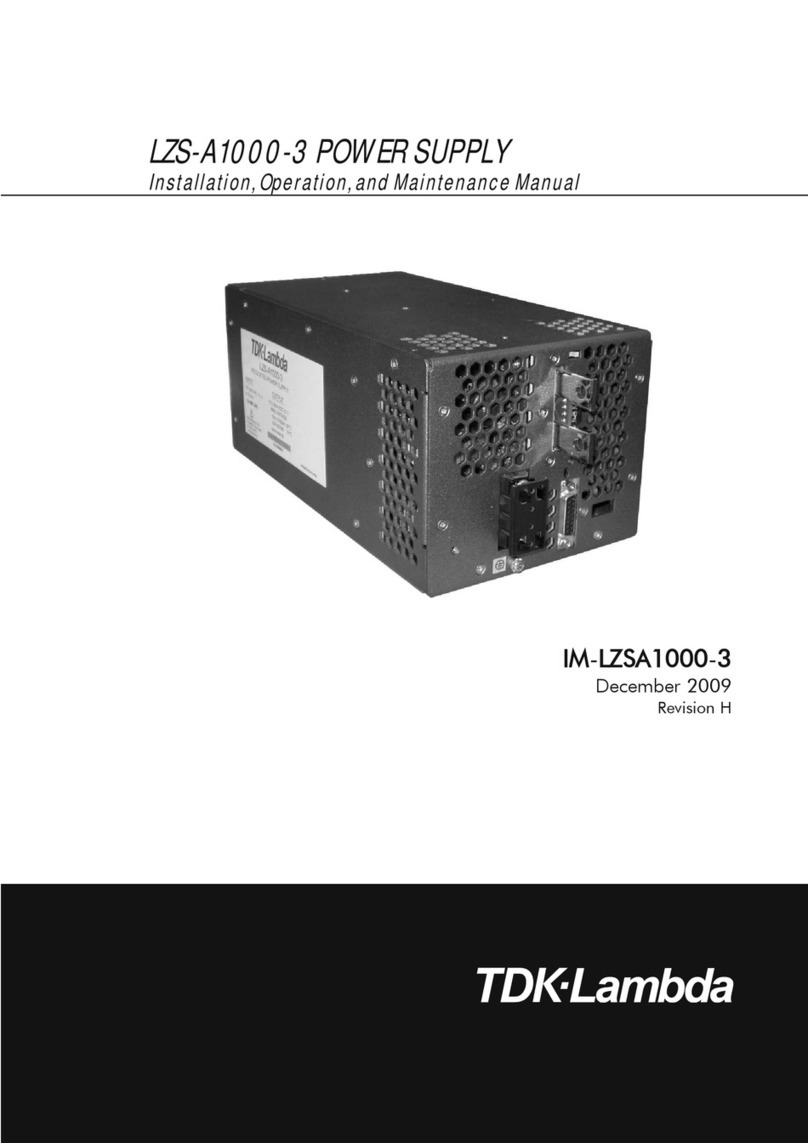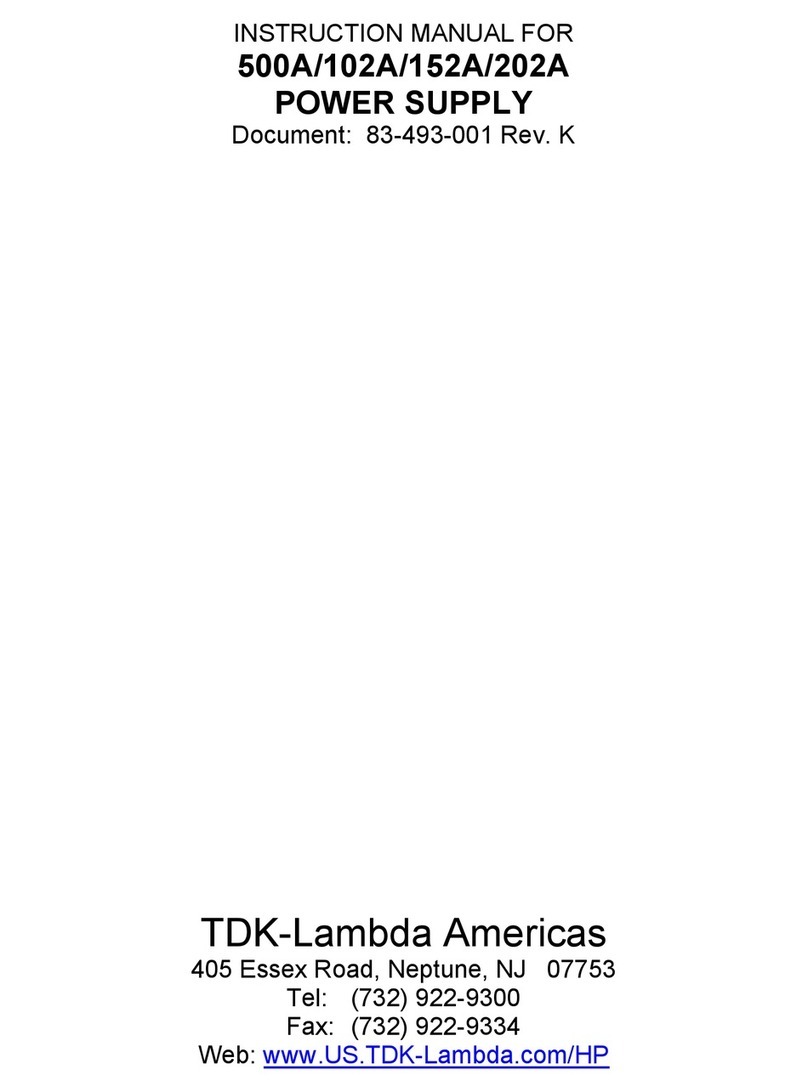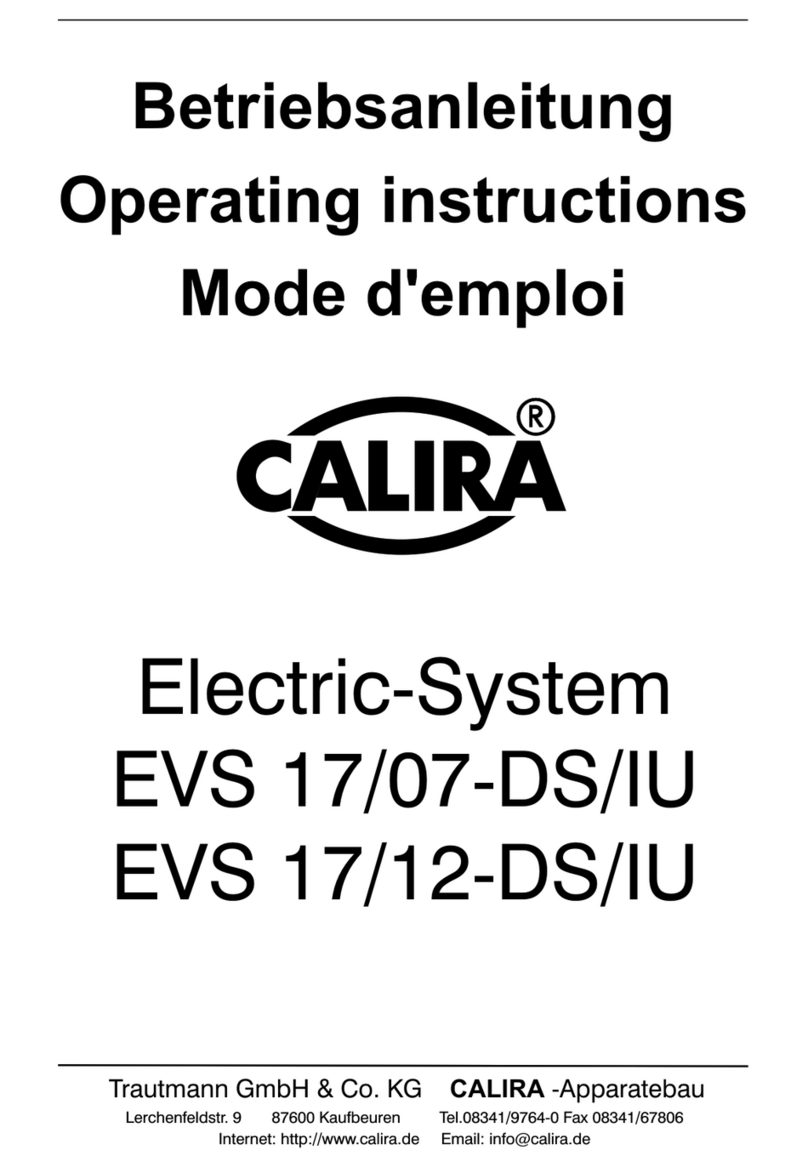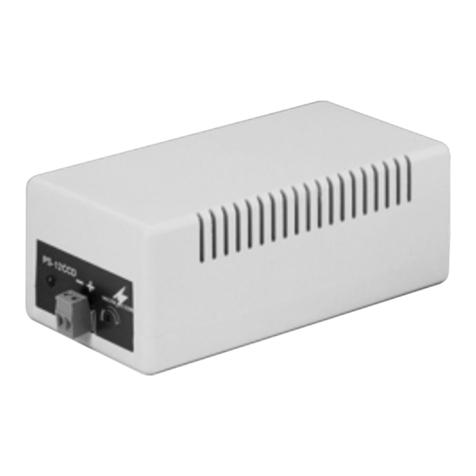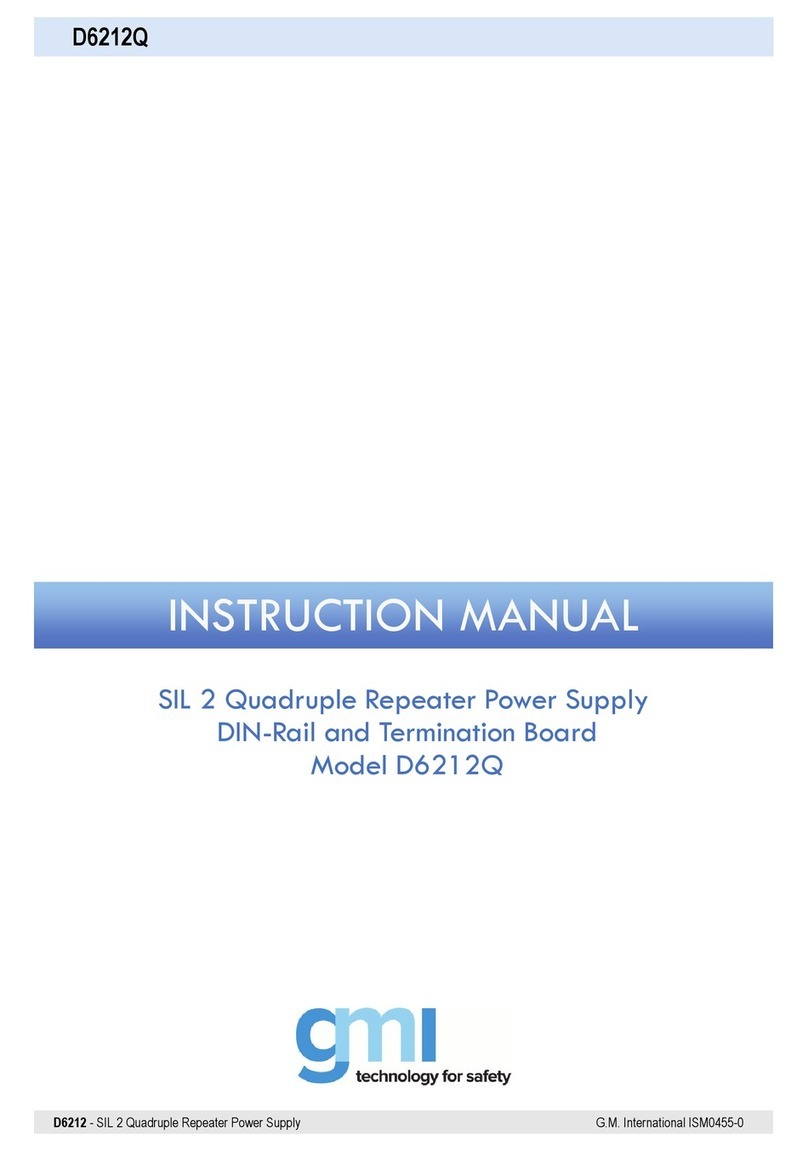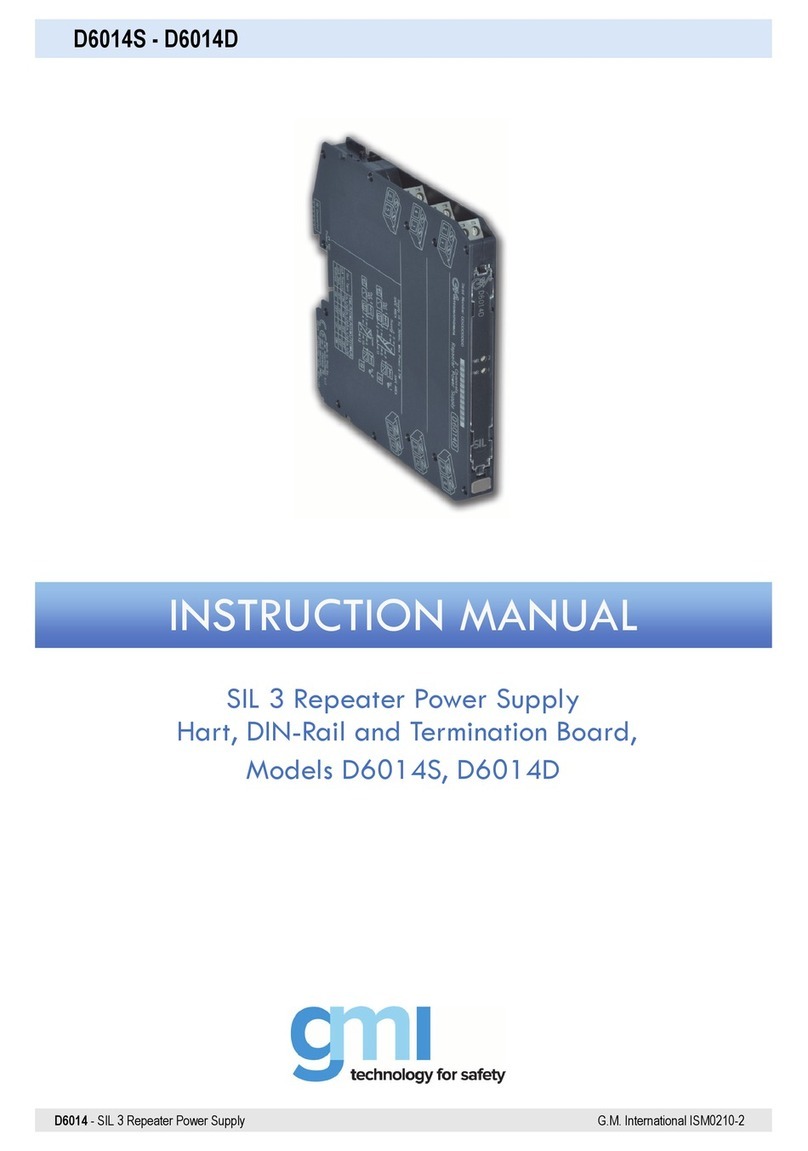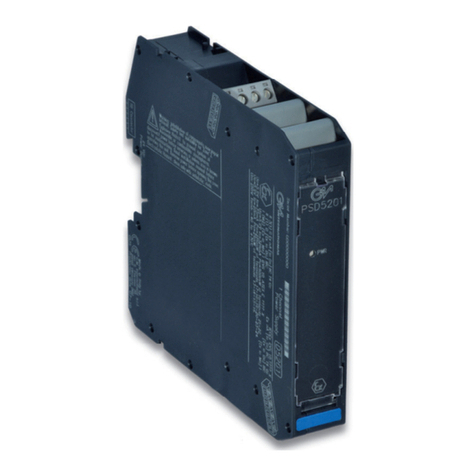
PSS1250(-HS)-7-48-D - SIL 3 Power Supply System, 48 Vdc, 50 A G.M. International ISM0528-1
6
Reasons for using an Ideal Diode-OR Controller circuit, in N+1 redundant power supply applications with high availability systems
High availability systems often employ power supply modules connected in parallel to achieve redundancy and enhance system reliability.
ORing diodes have been a popular means of connecting these supplies at a point of load. The disadvantage of this approach is the forward voltage drop and resulting efficiency loss.
This drop reduces the available supply voltage and dissipates significant power.
Replacing Schottky diodes with N-channel MOSFETs reduces power dissipation and eliminates the need for expensive heat sinks or large thermal layouts in high power applications.
In the Ideal Diode-OR Controller circuit (active ideal diode), the voltage across source and drain is monitored by IN and OUT pins, and GATE pin drives the MOSFETs to control their
operation. In effect the MOSFET source and drain serve as the anode and cathode of an ideal diode.
In the event of a power supply failure, for example if the output of a fully loaded supply is suddenly shorted to ground, reverse current temporarily flows through the MOSFETs that are
ON. This current is sourced from any load capacitance and from the other supplies. The active ideal diode quickly responds to this condition turning off the MOSFETs in about 0.5µs,
thus minimizing disturbance and oscillations to the output bus.
Using Oring diodes to parallel two 24 VDC power supply modules of each group for redundancy, one Schottky diode is used for each module. The voltage drop across the diode can
reach about 0.8 V at 50 A, this means about 40 W dissipation for each module. For each group, if two 50 A paralleled modules are used for full 50 + 50 A redundancy, a total power of
about 80 W is dissipated for this purpose, but there are two groups of PSM1250 modules, so that total dissipation will be 160 W. This reduces efficiency, reliability and increases space
for heat sinks. Moreover, in case of module failure, diodes take time to recover and consequently they do not preserve the load from transients during the backup operation.
To avoid all these problems G.M. International has introduced, in the new PSS1250 Power Supply System, the use of active ideal diodes.
The MOSFETs resistance for active ideal diodes is about 1.2 mΩresulting in 3.6 W dissipation for each power module. For each group, if two 50 A paralleled modules are used for
full 50 + 50 A redundancy, a total power of about 2 x 7.2 W = 14.4 W is dissipated for the purpose resulting in about ten times less dissipation compared to Schottky diodes solution.
This increases efficiency, reliability, availability and reduces space for heat sinks.
This circuit provides also very smooth voltage switchovers without oscillations with fast turnoff, minimizing reverse current transients.
For each PSM1250 power module, the output voltage can be set to 24 Vdc + 18%; -14% via a front panel trimmer (see page 18 (for system with HS) or page 22 (for system without
HS) for more information about voltage adjust procedure). Therefore, for whole PSS1250(-HS)-7-48-D system, the output voltage can be set to 2 x 24 Vdc = 48Vdc + 18%; -14%.
For each PSM1250 power module, under voltage threshold is set to 19.5 V, while Over voltage threshold is set to 29.5 V.
A front panel power ON green LED signals mains voltage is applied to the power module and normal DC output voltage is present on DC output screw terminals.
Power module Fault conditions are signaled by opening contact of NE relay (contact closed in normal condition), positioned on back panel pcb “Fault” terminal block.
Faults can be:
Under voltage Vout < 19.5 V.
Over voltage Vout > 29.5 V.
In absence of under / over voltage fault, the green Power ON LED is ON if output voltage is within 19.5 V - 29.5 V range.
If output voltage goes below 19.5 V, the green Power ON LED blinks and holds this condition as long as output voltage goes over 20 V.
If output voltage goes over 29.5 V, the green Power ON LED is OFF and holds this condition as long as output voltage goes below 29 V.
After under / over voltage fault, coming back to normal condition, the green Power ON LED is ON if output voltage is within 20 V - 29 V range.
Communication with four power modules is achieved via PSO1250 diagnostic module, which incorporates a front panel color touch screen. The diagnostic module is able to query each
power modules (using an internal proprietary bus) and read data such as, Input/Output Voltage, Current and Power; Input Line Frequency; Output current sharing percentage related to
each group; Internal Temperature; alarm status (under/over out voltage, AC line absence, internal PFC or PWM stage in OFF state, internal high temperature, fans malfunctioning).
This information is available via front panel touch LCD and externally via Modbus RTU on related wall mounting terminal block. Alarm status of one or more power modules is signalled
by opening contact of NE relay (contact closed in normal condition), positioned on back panel pcb “Comm. Fault” terminal block. The diagnostic module does not interfere with the
Power system functional safety. The power system can perfectly work without the diagnostic module and any failure of the diagnostic module does not affect system performance,
reliability and SIL level of Functional Safety applications.
About PSS1250(-HS)-7-48-D fault indication, it’s important to connect in series the Fault relay contacts of: the 1st and the 5th PSM1250 modules (which define the 1st 48V generator);
the 2nd and the 6th PSM1250 modules (which define the 2nd 48V generator). When a PSM1250 module goes in fault condition which reflect a fault condition on related 48V generator.
Both series connections (one for each 48V generator) of Fault relay contacts should be connected to Safety PLC inputs to read status of these contacts and detect possible faults.
For more information about how to connect Fault relay contacts, please see next Functional Safety applications on pages 8 to 11.
Output voltage setting - Fault indications - Diagnostic information
Warning
Storage
Disposal
PSS1250(-HS)-7-48-D is isolated Switching Power Supply unit located in Safe Area or Nonhazardous Locations within the specified operating temperature limits
-40°C ≤Tamb ≤+70°C and mounting conditions. Read installation manual before operating the unit. PSS1250(-HS)-7-48-D must be installed, wired, operated and maintained
only by qualified personnel, in accordance to the relevant national/international installation standards, following established installation rules.
Green Power ON LED of PSM1250 power module: check that green LED is OFF before screwing out PSM1250 module front panel. Red LED (one for each PSM1250 slot position,
only for system with HS capability) on wall mounting panel board: connect a PSM1250 power module to the rack unit only if corresponding red LED on back panel board is in OFF
state. This equipment is an open-type device and is meant to be installed in an enclosure suitable for the environment such that the equipment is only accessible with the use of a tool.
The enclosure provides, according to EN60529, an IP20 minimum degree of protection (or similar to NEMA Standard 250 type 1). The equipment shall only be used in an area of at least
pollution degree 2, as defined in IEC 60664-1. The end user is responsible to ensure that the operating temperature of the module is not exceeded in the end use application.
Units must be protected against dirt, dust, extreme mechanical (e.g. vibration, impact and shock) and thermal stress, and casual contacts.
All circuits connected to PSS1250(-HS)-7-48-D must comply with the overvoltage category II (or better) according to EN/IEC60664-1.
Electrostatic Hazard: the enclosure of PSS1250 series must be cleaned only with a damp or antistatic cloth.
Any penetration of cleaning liquid must be avoided to prevent damage to the unit. Failure to properly installation or use of the equipment may risk to damage the unit or severe personal
injury. The unit cannot be repaired by the end user and must be returned to the manufacturer or his authorized representative. Any unauthorized modification must be avoided.
If after an incoming inspection the unit is not installed directly on a system (parts for spare or expansion with long storage periods) it must be conveniently stocked.
Stocking area characteristics must comply with the following parameters. Temperature -40 to +70 °C, the -45 to +80 °C is meant for limited periods, -10 to +30 °C is preferred.
Humidity 0 to 95 %, 0 to 60 % humidity is preferred. Vibration: no prolonged vibration should be perceivable in the stocking area to avoid loosening of parts or fatigue ruptures of
components terminals. Pollution: presence of pollutant or corrosive gases or vapors must be avoided to prevent corrosion of conductors and degradation of insulating surfaces.
The product should not be disposed with other wastes at the end of its working life. It may content hazardous substances for the health and the environment, to prevent possible harm
from uncontrolled waste disposal, please separate this equipment from other types of wastes and recycle it responsibly to promote the sustainable reuse of material resources.
This product should not be mixed with other commercial wastes for disposal.


